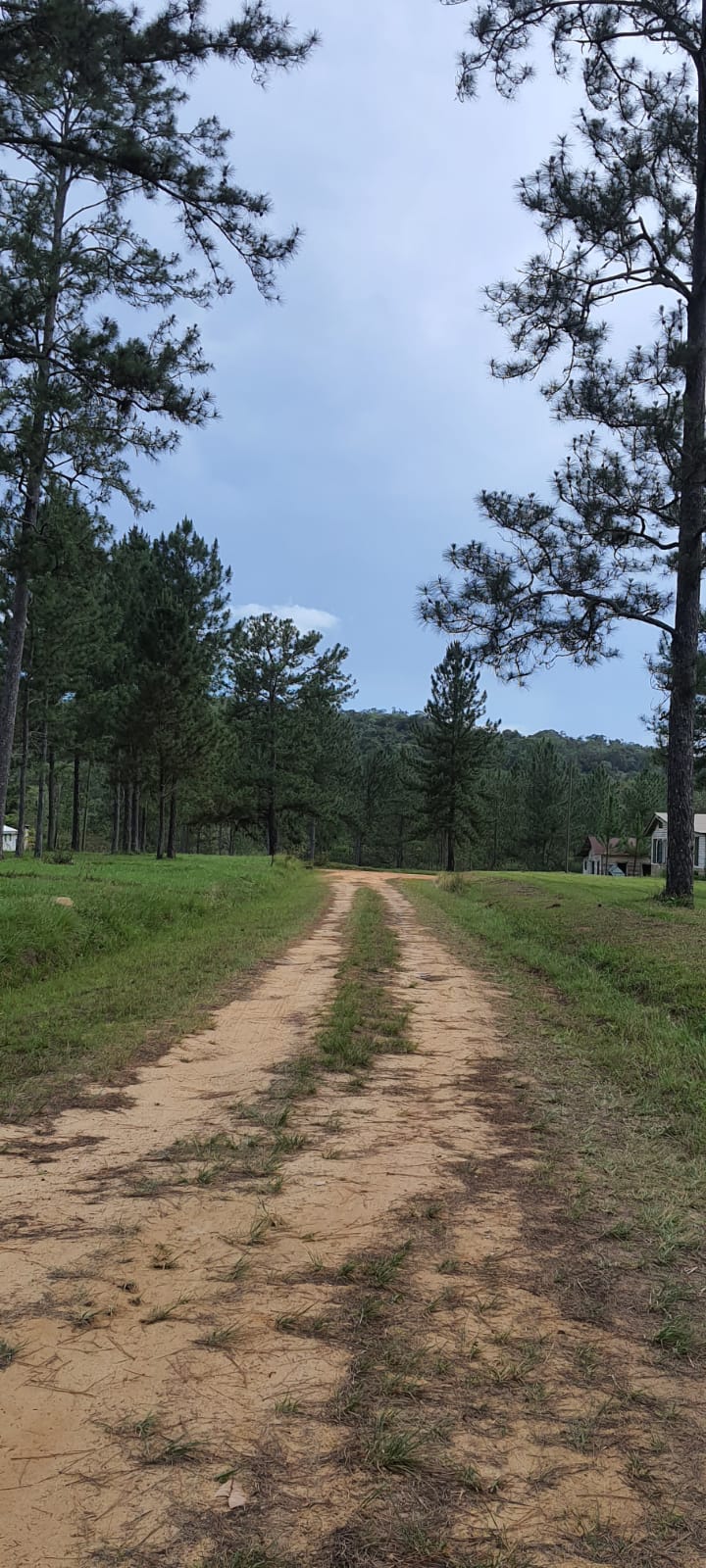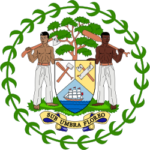Our History
Looking back at the settlement and growth of Belize as a nation, takes us back to the exploitation of Belize’s forest resources. History shows that some of the first settlers were logwood cutters. Logwood (Haematoxylum campechianum) became a targeted species due to its bright red dye that was utilized in the textile industry. Logwood exports to England date back to 1655.
The increase in demand for timber, led to the harvest of Mahogany (Swietenia macrophylla), quickly replacing logwood as the main export product (Weaver & Sabido, 1997). Mahogany became a targeted timber species as it was easy to work with, making it popular for furniture, doors, windows and other items (Nickerson, 1963).
The first records of logwood extraction laws go back to 1655 and included extraction in unsurveyed areas. For instance, loggers would build a hut along the river shoreline, with the property encompassing an area of 1,000 paces on either side of the hut. By 1684, similar agreements were being made for the harvest of mahogany (Hooper, 1887).
In 1886, a visit was carried out to inspect the forests and timber trade and resulted in a report, Hooper Report, that recommended the creation of a Forest Department. A second visit with the same objectives was conducted in 1921 when the mahogany was approaching exhaustion. This report, Hummell Report 1922, again reiterated the formation of a Forest Department. A Forest Trust was initiated in 1923, with Mr. Hummel being appointed as the first Conservator of Forests. By 1924, a deputy and two assistant Conservators were appointed, with the aim of improving forest harvest and management (Gill 1931, Hummel 1925)
The Forest Trust was replaced by the Forest Department in 1935. By this time, the Forest Department’s work on mahogany regeneration and the use of girth limits in mahogany harvest, slowed the deterioration of mahogany resources within the country (Furley, 1968).
Presently, the scope of management has changed forest exploitation and administration to biodiversity management and social and community forestry. Forest management now promotes participatory forest governance, value added products, and the diversification of forest use. This approach involves stakeholder participation and inclusion in management, promotes income generation from forest products and the diversified use of multiple timber species.
References:
Weaver, P., Sabido, O. (1997). Mahogany in Belize: A Historical Perspective. United States Forest Service General Technical Report IITF-2
Nickerson, D. (1963). English Furniture. London: UK. Octopus Books Limited. p.96
Hooper. E.D.M (1887). Report upon the forests of Honduras. Madras India: Kurnool Collectorate Press. p.33
Gill, T. (1931). Tropical Forests of the Caribbean. Baltimore: MD: The Read-Taylor Co. p. 318
Hummel, C. (1925). Report on the forests of British Honduras with suggestions for a far reaching forest policy. London, UK: Colonial Research Committee, Crown Agents for the Colonies. P. 97
Furley, P. (1968). Aspects of the hardwood forest industry in British Honduras. Edinburgh, UK: University of Edinburgh: pp. 52-64


